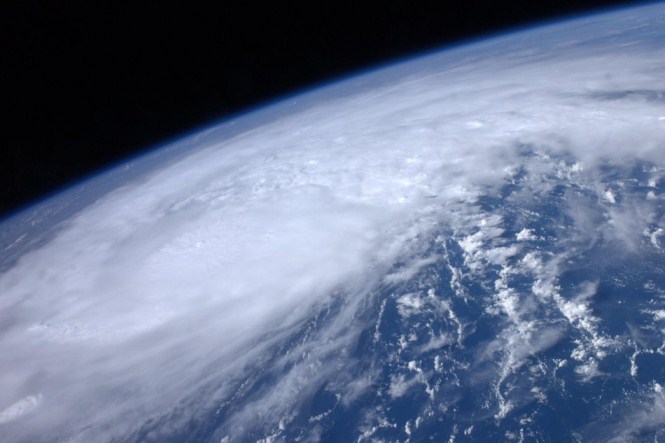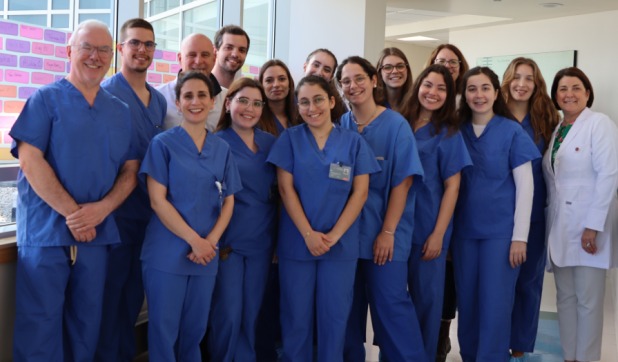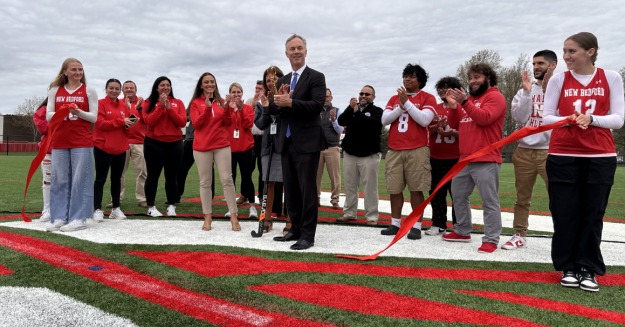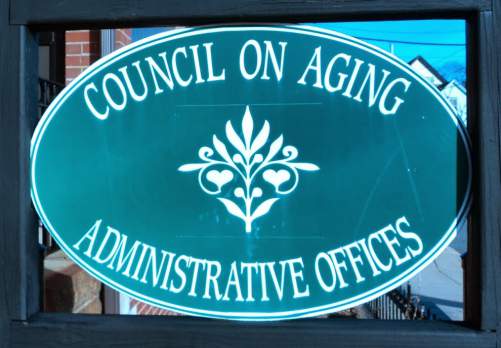Develop a family emergency plan in case family members are separated during an emergency:
- Ask an out-of-state relative or friend to serve as the Family Emergency Plan contact person.
During and immediately after a disaster occurs, it is often easier to access a long distance telephone number than a local one.
- Make sure everyone knows the name, address and telephone number of the Family Emergency Plan contact person.
- Designate places where your family will meet, both within and outside of your immediate neighborhood. Sometimes an emergency could impact your neighborhood or small section of the community, so a second location outside of your community would be more accessible to all family members.
Prior to the Hurricane
- Frequently monitor radio (NOAA Weather Radio), television and the Internet for the latest hurricane information. Hurricanes can change direction, intensity, and speed very suddenly. New Bedford residents should tune to the New Bedford Government Access Channel 18 or WBSM-AM 1420 for the most current local information and instructions.
- Obtain information on flood zones and evacuation shelters. (In New Bedford, Keith Middle School, 225 Hathaway Boulevard, will serve as the city’s primary mass care shelter facility).
- Fill your vehicle with fuel.
- Replenish emergency kits and supplies. (See “Emergency Supply Kits” below for contents).
- Place a portable emergency kit in your vehicle, in case you are evacuated.
- Secure important documents from damage, and gather documents that will be needed in case of evacuation, such as driver’s licenses. (See “Evacuation” below for details).
- Trim branches and trees.
- Ensure that your pets have collars and identification tags.
- Secure all loose objects outdoors (such as furniture, trash cans, garden tools).
- Take any lawn signs indoors.
- Secure all windows using plywood.
- Turn refrigerator and freezer thermostats to a colder setting.
- If in a mobile home, check tie-downs and evacuate immediately. Historically, manufactured homes suffer the greatest amount of damage during hurricanes. Prior to 1994, most manufactured homes were not designed to withstand even moderate winds.
Emergency Supply Kits
 First aid kit
First aid kit- Adequate supply of personal medications
- Drinking water – at least 1 gallon daily per person for 3 to 7 days. Store drinking water in clean bathtubs, sinks, plastic bottles, and cooking utensils. Public water supplies may become contaminated if electric power is lost.
- Nonperishable food – at least a 3 to 7 day supply of food that can be eaten with little or no preparation
- Manual can opener
- Clothing, personal toiletries
- Sleeping bags and blankets
- Flashlights and extra flashlight batteries
- Radio (battery operated) and extra radio batteries
- Telephone – fully charged with extra battery
- Cash and credit cards (banks and ATMs may not be readily available)
- Infant care items
- Pet care items (such as medications, ample food and water, a carrier or cage, muzzle and leash)
- Charcoal, gas (to use for cooking outside if the power is out for an extended period of time)
During the Hurricane
- If you are not advised to evacuate, stay indoors, on the first floor away from windows, skylights and glass doors, even if they are covered. Stay on the floor least likely to be affected by strong winds and flood waters. A small interior room without windows on the first floor is usually the safest place. Have as many walls between you and the outside winds as possible.
- Close all interior doors. Secure and brace external doors. Closed doors will help prevent damaging hurricane winds from entering additional rooms.
- Turn off all electrical devices and appliances that are not needed. If power is lost, turn off all major appliances to reduce power surge when electricity is restored.
- Stay away from coastal waters, rivers, streams or other flooding areas.
- Do not try to cross flooded areas with your vehicle.
- Do not use open flames, such as candles and kerosene lamps, as a source of light.
- Listen to emergency broadcast on the radio or television.
- Be aware that the calm “eye” is deceptive; the storm is not over. The worst part of the storm will happen once the eye passes over and the winds blow from the opposite direction. Trees, shrubs, buildings, and other objects damaged by the first winds can be broken or destroyed by the second winds. The opposing winds begin suddenly and have surprised and injured many people who have ventured out during the eye.
- Watch out for flooding. Hurricanes and tropical storms often drop large amounts of rainfall and cause severe flooding, even when they are weakening or are no longer named a storm. “Weak” tropical storms are just as capable of producing heavy rainfall and flooding as major hurricanes.
- Be alert for tornadoes. Tornadoes can happen during and after a hurricane passes over. Remain indoors on a lower level, in the center of your home, in a closet or bathroom without windows. Going below ground, such as to a basement or storm cellar, increases your risk from flood.
Evacuation
If local authorities recommend evacuation for a particular area, residents should leave as soon as possible to be safe. Such a recommendation is based on knowledge of the strength of the storm and its potential for death and destruction.Take the following items with you if you are evacuated to a public mass care shelter:
- Blankets or sleeping bags
- Special dietary foods
- Eye glasses
- Flashlights
- Medications
- Infant needs
- Change of clothing
- Lightweight folding chairs
- Driver’s license, other identification and important documents (such as wills, deeds, prescriptions, insurance policies, passports, birth certificates, health records, proof of address, Social Security cards)
- Do NOT take pets, alcoholic beverages or weapons of any kind to shelters. If leaving pets behind, provide food and water.
After the Storm
- Stay tuned to local radio and television stations for the latest emergency information.
- Help injured persons. Give first aid where appropriate, but do not move seriously injured persons unless they are in immediate danger of further injury. Call for help.
- Return to evacuated areas only after so advised by local officials.
- Beware of outdoor hazards:
- Avoid downed, loose or dangling power lines and any water in which they may be lying
- Be alert for weakened limbs on trees
- Use caution when driving through the city. Be on the alert for:
- Downed trees and power lines
- Disaster recovery personnel working in the streets
- Intersections where traffic lights are out of service
- Washed-out roads
- Be fire safety conscious:
- Use battery-operated lighting devices whenever possible
- Do not use open flames, such as candles or kerosene.
- Do not use hibachi or similar grills indoors
- If telephones are out, know where the closest fire box is.
- If using a generator, keep it outside.
Important Emergency Contact Numbers
- NSTAR is prepared to address and damage and outages resulting from the storm and encourages customers whose electric service is affected to call 1-800-592-2000. NSTAR strongly urges people to stay away from all down wires and to report them immediately.
- Verizon is prepared to help customers with telecommunications related issues arising from Hurricane Irene. Verizon’s regional control center is preparing for possible flooding, power outages and downed trees and wires. Verizon’s toll free number is 1-800-837-4966 and website is www.verizon/support .
- For medical, fire or other emergencies, dial 911.
 New Bedford Guide Your Guide to New Bedford and South Coast, MA
New Bedford Guide Your Guide to New Bedford and South Coast, MA









